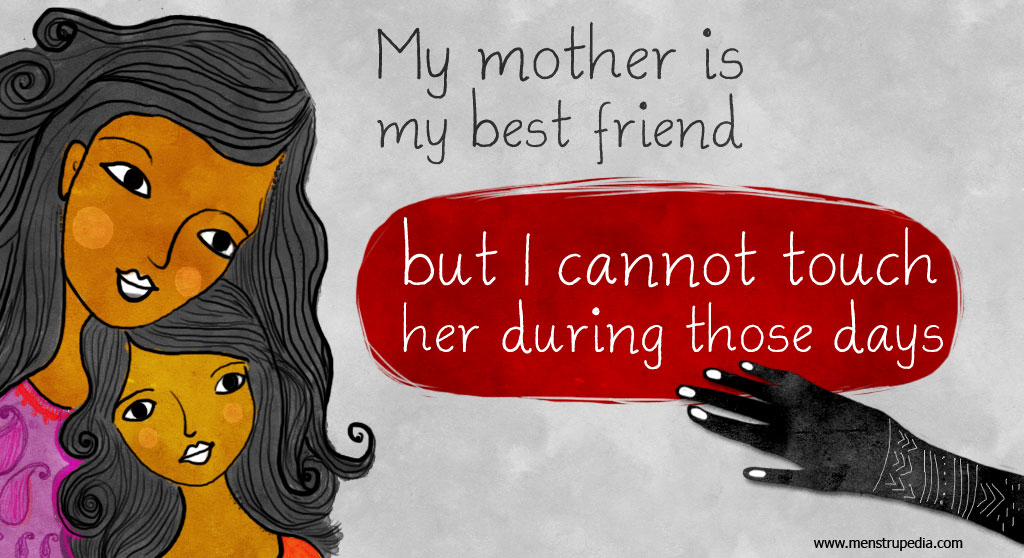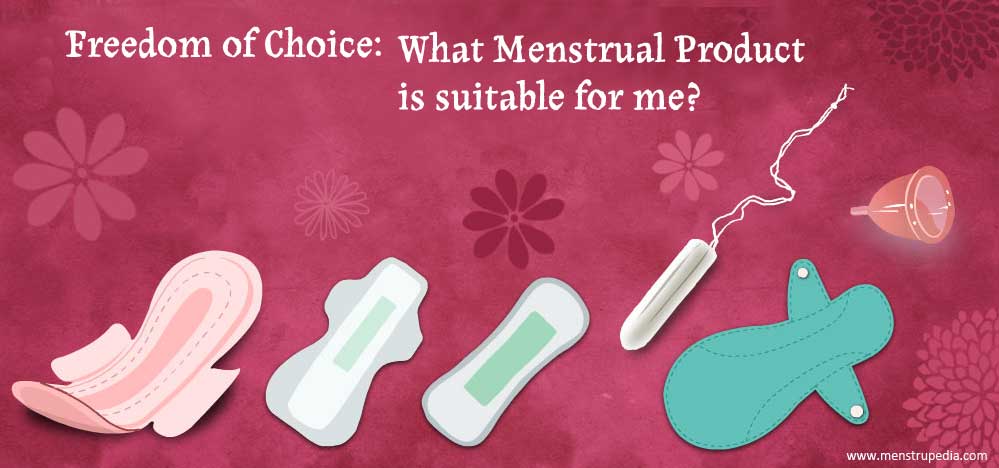Working women who don’t ‘give in’ has become a statement of pride nowadays. There is an underlying pressure on women professionals to have an endearing and overtly successful presence in the male dominated workforce.
The other day I was reading the social media viral interview of Indra Nooyi on how she has sustained (conquered really!) managing home and work and such. Agreed, with hard work and persistent effort it is indeed possible for women to do the same things and gender doesn’t necessarily deter us from setting professional goals, but periods sometimes do.
There have been great breakthroughs for working women for handling periods in terms of managing long hours of working hygienic ways, effective make-up tricks that can cover up that exhausted face and sporting convenient clothing, among others, but a harsh reality in the whole discourse of equality in the work force ignores the fact that office calendars still don’t account for four days or more of pain, fatigue and worst of all, mood swings.
 It is an obvious fact that if you are being paid the same amount for putting in eight hours of work, you can’t compromise in the quality or quantity of work. But equally obvious is the fact that if you are losing several ounces of blood as you do so, you are not going to be all smiles and sunshine all the way. So how do working women deal with this in the professional space?
It is an obvious fact that if you are being paid the same amount for putting in eight hours of work, you can’t compromise in the quality or quantity of work. But equally obvious is the fact that if you are losing several ounces of blood as you do so, you are not going to be all smiles and sunshine all the way. So how do working women deal with this in the professional space?
I have been around for nearly a decade now, both with desk jobs and site visits. Darwin’s theory holds well – it’s about survival and I have learnt the knack of it and survived. However, menstrual cycles have not been optimally accommodated in work-spaces. For example, when IT professionals complained about long hours of sitting resulting in back pain, better ergonomics in chairs helped them resolve this somehow. Similarly, late night telephone calls, long meetings, people/client handling are an inevitable part of the career graph for women, so one might as well as address these pain points to get better results.
Working women are either starting their careers or at the mid-management level or at the top level of management. They are either reporting to males bosses to whom they cannot necessarily communicate their issues of menstrual cramps to or to female bosses who “have been through this, and still nailed it.” Thus, it is not about who you have a candid conversation with, it’s about being a part of the system.
HR policies can actually accommodate national average days of rest based on medically relevant research findings and see when/if women are under-performing or have emotional outbursts during their periods. Days of rest need not translate as leaves but as days with lighter workloads. This will also benefit the organization, avoiding any chances of under-performance owing to exhaustion. Syncing the person’s period tracker with the company’s attendance calendar can help HR personnel monitor this process formally. This will avoid misuse of such a provision if it is created and implemented.
Also, a convenient way in communicating about periods to reporting managers or cohorts could be devised, which takes into consideration the privacy of the employee and by thus avoiding any chance of ridicule or professional inconvenience.
Counselling is also suggested for employees who are finding it tough to manage their moods. Companies can have some cheat codes for employees on how to tackle tricky situations, identifying regular irritants at work, cooperation of team members in splitting work load and the like.
In the urban context, talking about periods is not such social taboo anymore but more needs to be done apart from talking. Women, just like other professionals, take their work quite seriously and should not be scapegoats of neo glass-ceiling practices owing to their hormones. Not tracking mensuration formally and effectively increases the chances of women employees being judged as ‘moody’ at work, which could just be a mere hormonal resultant. The biological makeup of a working women is not any different from that of others. Menstruation is periodic and occurs in intervals, hence making it easy to track, study and address. Requests made to companies’ policy makers such as these, emerge out of the fact that women are serious employees. They are large in numbers and are a natural part of professional ecosystems nowadays. Any workforce with such similar needs will have a direct bearing in a company’s performance. Equal opportunity means equal physical and mental conditions of work. Indeed,misunderstandings at bay, keeps mood swings away.
Illustration credits: http://www.ana-albero.com/
Vyjayanthi is a design professional with over 8 years of experience in User Experience design and Research. She has worked across platforms, devices and user groups to develop new products and services. She blogs here.
Editor: Divya Rosaline








